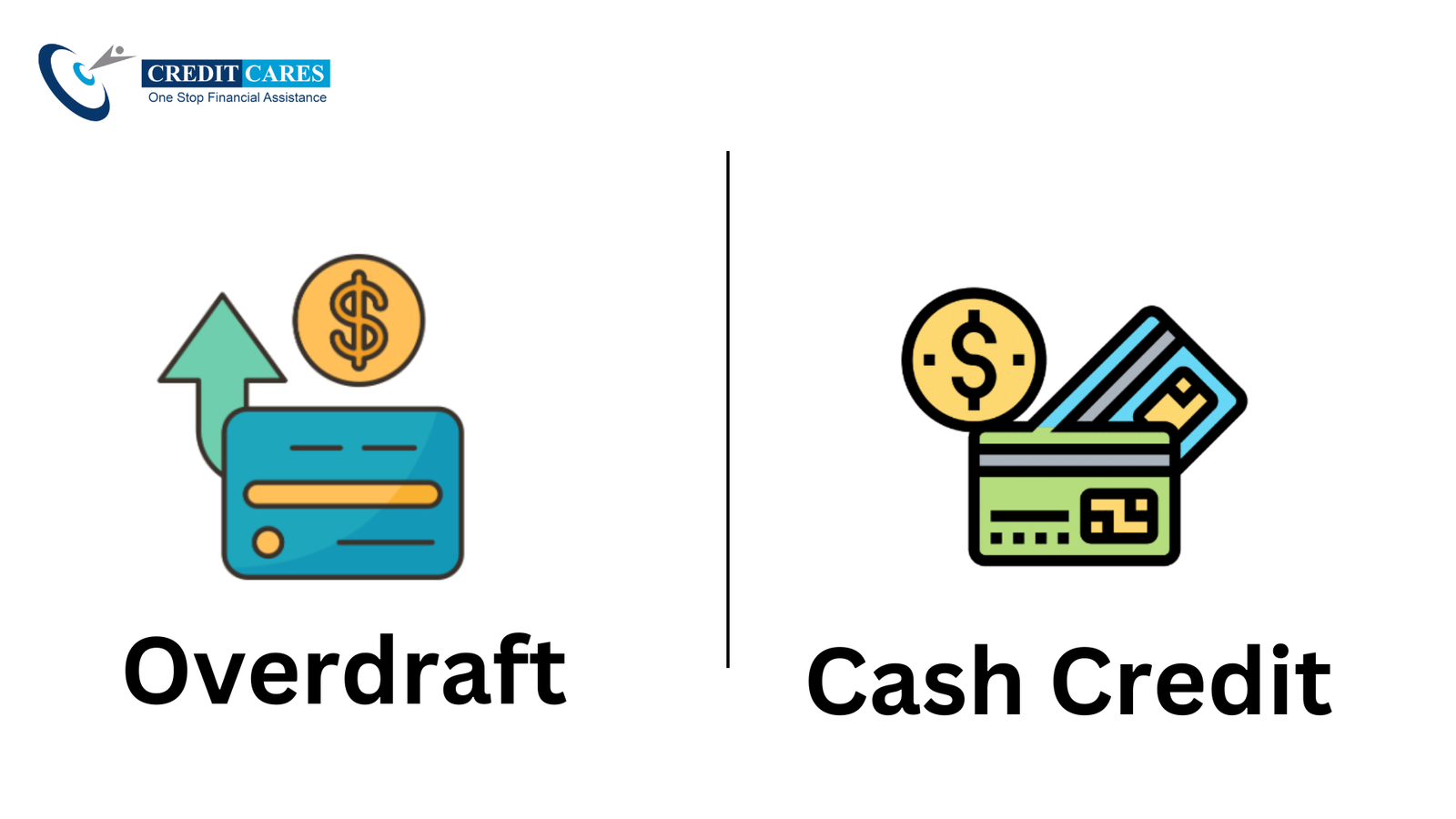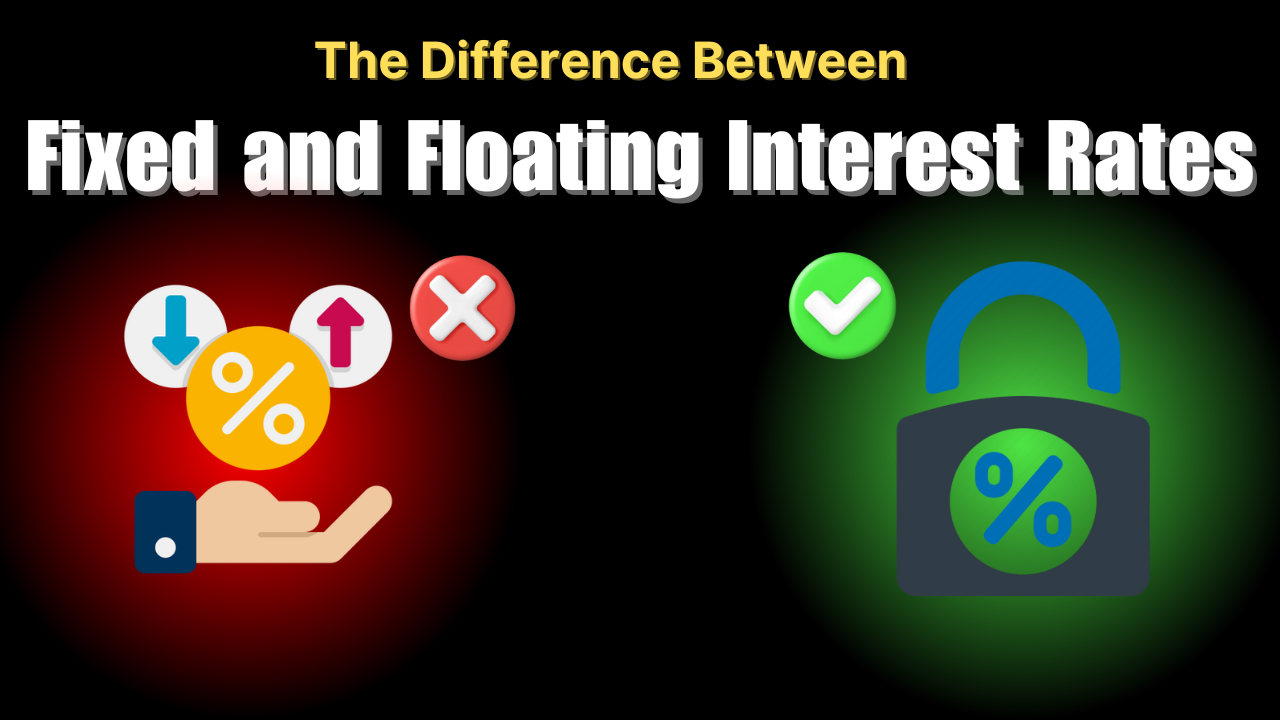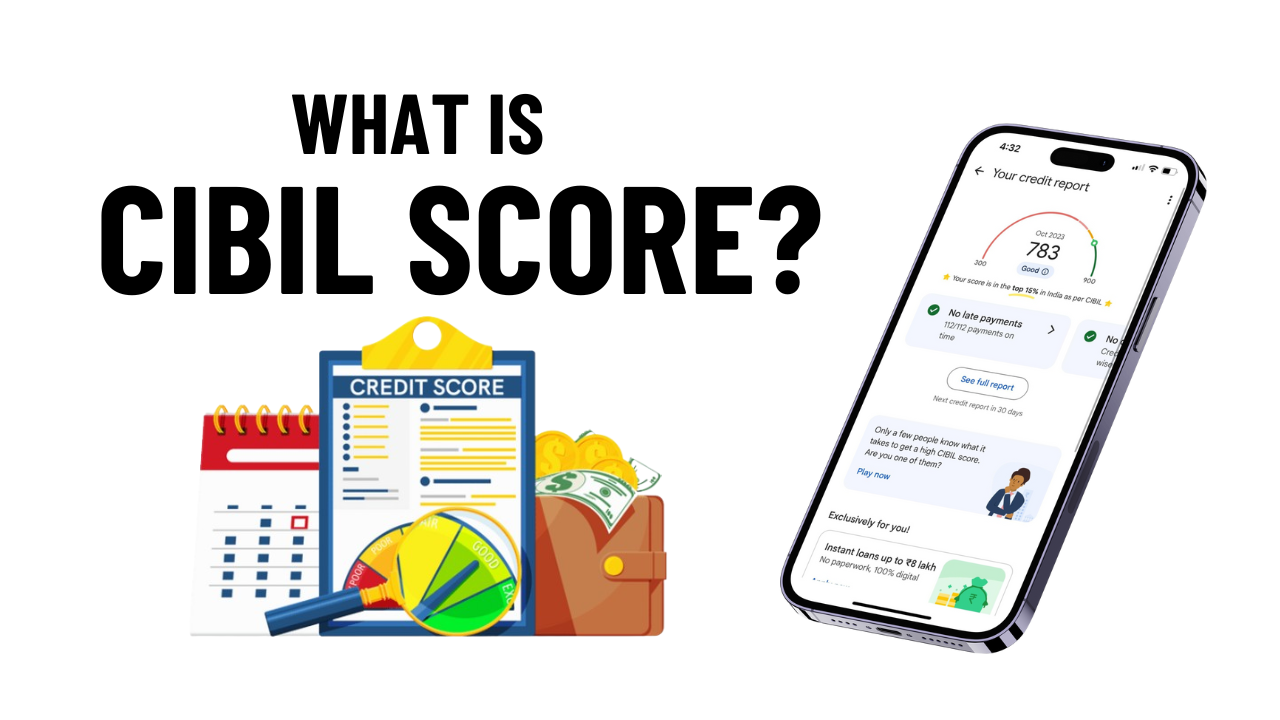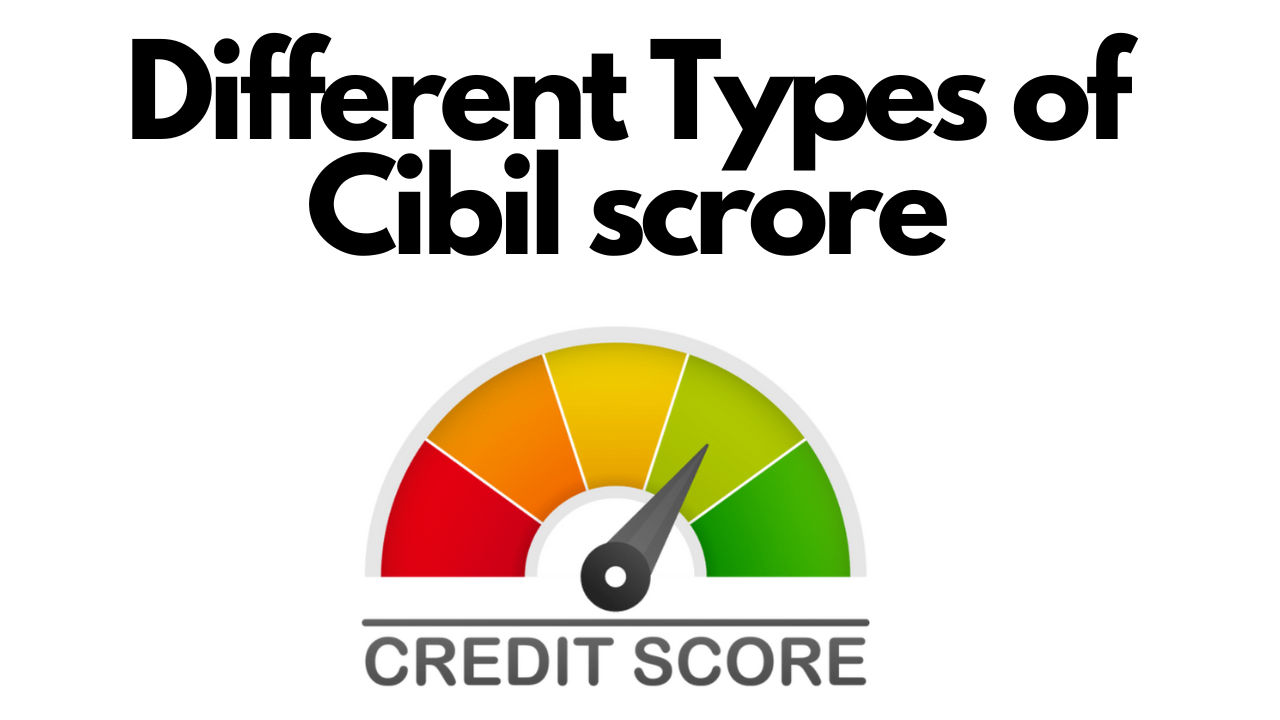How to Get an Unsecured Line of Credit: A Step-by-Step Guide
Introduction
An unsecured line of credit can be a valuable financial tool, offering borrowers the flexibility to access funds as needed without tying them to any collateral. This article provides a step-by-step guide on how to get an unsecured line of credit, including the requirements, application process, and tips for approval.
What is an Unsecured Line of Credit?
An unsecured line of credit is a borrowing arrangement where a lender provides access to funds without requiring collateral. Borrowers can withdraw money up to a specified limit, and interest is only charged on the amount used. This type of credit is popular among individuals and small businesses for diverse financial needs, such as covering unexpected expenses or managing cash flow.
Benefits of an Unsecured Line of Credit
- No Collateral Required: Since there’s no risk of losing an asset, it’s more accessible for many borrowers.
- Flexibility: Borrowers can withdraw funds as needed, making it ideal for managing variable expenses.
- Interest on Withdrawn Amount: Interest is charged only on the amount used, which can be more economical than traditional loans.
Eligibility Criteria for an Unsecured Line of Credit
Before applying, ensure you meet the following eligibility criteria:
- Credit Score: Most lenders prefer borrowers with a good credit score (typically 650 and above).
- Income Stability: Proof of stable and sufficient income to repay the borrowed amounts is essential.
- Debt-to-Income Ratio: Lenders often look for a ratio below 40% to assess your ability to manage additional debt.
- Credit History: A positive credit history with timely payments can enhance your chances of approval.
How to Apply for an Unsecured Line of Credit
Follow these steps to apply for an unsecured line of credit:
1. Research Lenders
Explore various lenders, including banks, credit unions, and alternative lenders. Compare their offerings, interest rates, and terms. Online comparison tools can help identify the best options.
2. Check Eligibility Requirements
Review the eligibility criteria for each lender to ensure you qualify before applying. This will save you time and unnecessary credit inquiries.
3. Gather Necessary Documents
Prepare the required documentation for the application process. Common documents include:
- Proof of identity (Aadhaar, PAN)
- Proof of income (salary slips, tax returns)
- Bank statements
- Credit history report
4. Complete the Application
Fill out the application form accurately, providing all requested details. This may include personal information, employment information, and financial details.
5. Wait for Approval
After submitting your application, the lender will review your creditworthiness. You may receive a decision within a few days or weeks, depending on the lender’s process.
6. Accept the Offer and Access Funds
If approved, review the terms and conditions of the line of credit. Upon acceptance, you can start accessing funds as needed within the approved limit.
Tips for Securing an Unsecured Line of Credit
- Improve Your Credit Score: Pay off existing debts and ensure timely payments to boost your credit score.
- Lower Your Debt-to-Income Ratio: Reduce existing debts to improve your financial profile.
- Consider a Co-signer: If your credit score is low, having a co-signer with a good credit history can improve your chances.
- Build a Relationship with the Lender: If you have an existing banking relationship, discussing your needs with your bank could lead to better offers.
Conclusion
Securing an unsecured line of credit can provide the financial flexibility needed for various purposes, from personal expenses to business cash flow management. By understanding the eligibility criteria and following a systematic application process, you can enhance your chances of approval. Take proactive steps to improve your credit profile to position yourself favorably with lenders.
Useful External Links
- Experian – Credit Score Basics
- Credit Karma – Understanding Lines of Credit
- NerdWallet – Best Lines of Credit
Get Fast Approval onLine of Credit!

Creditcares
Join us on social media for exclusive financial tips, engaging informative videos, and expert advice to manage your finances better. Follow us for the latest updates today!
CreditCares YT channel!
Subscribe for tips on improving your credit score, expert advice on various loans, Stay updated with the latest industry news and trends.
Featured Videos
Latest Posts
- All Posts
- Blogs
- Credit Score
- Finance
- Loans






Tags
- business loan (3)
- challenges faced by SMEs (1)
- credit score (1)
- Discover the Top Banks for Home Loans in 2025 (1)
- frictionless credit (1)
- home loan (1)
- home loans (2)
- importance of SMEs (1)
- loan against house (1)
- loan against house deed (1)
- loan against property tax benefits (1)
- Loans Against Property (1)
- Small and Medium Enterprises (1)
- SME benefits (1)
- SME classification (1)
- support for SMEs (1)
Which Loan Has the Lowest Interest Rate in India?
Introduction
Navigating the complex world of loans can be daunting, especially when it comes to understanding Lowest Interest Rate in India. Whether you’re looking to purchase a home, fund education, or meet personal financial needs, knowing which loan offers the lowest interest rate in India is crucial for informed decision-making. This article breaks down various loan types, their Lowest Interest Rate in India, and key factors to consider.
Overview of Interest Rates in India
Interest rates in India vary based on several factors, including:
- Type of Loan: Different loans have different interest rates.
- Credit Score: A higher credit score often leads to lower rates.
- Lender Type: Public sector banks, private banks, and NBFCs (Non-Banking Financial Companies) offer different rates.
Loans with the Lowest Interest Rates
H4: 1. Home Loans
- Current Interest Rate: As of early 2025, home loan interest rates in India generally range from 6.5% to 8.5%.
- Top Lenders:
- HDFC Bank: Starting at 6.7%
- State Bank of India (SBI): Starting at 6.65%
- ICICI Bank: Starting at 6.75%
2. Education Loans
- Current Interest Rate: Education loans usually have interest rates ranging from 8% to 12%.
- Top Lenders:
- SBI: Starting at 8.5%
- HDFC Bank: Starting at 9.4%
- Axis Bank: Starting at 9.5%
3. Personal Loans
- Current Interest Rate: Personal loan interest rates start from around 10% to 18%.
- Top Lenders:
- HDFC Bank: Rates starting at 10.50%
- ICICI Bank: Rates starting at 10.75%
- Bajaj Finserv: Starting from 11.00%
4. Loan Against Property (LAP)
- Current Interest Rate: LAP interest rates typically range from 8.5% to 12%.
- Top Lenders:
- HDFC Ltd.: Starting at 8.75%
- Kotak Mahindra Bank: Starting at 9.0%
- ICICI Bank: Starting at 9.25%
Factors Affecting Loan Interest Rates
Understanding the factors that impact loan interest rates can help you secure better deals:
- Credit Score: A score above 750 generally qualifies for lower rates.
- Loan Amount and Tenure: Larger amounts and longer tenures may lead to different interest rates.
- Lender Policies: Each lender has a unique assessment process, leading to rate variations.
- Economic Indicators: Changes in the Reserve Bank of India (RBI) repo rate and inflation can cause adjustments in lending rates.
How to Secure the Lowest Interest Rates
Here are some strategies to secure the best interest rates on loans:
- Improve Your Credit Score: Ensure timely payments on existing loans and credit cards.
- Research Different Lenders: Use online comparison tools to find the best rates.
- Negotiate with Lenders: Once you have quotes, don’t hesitate to negotiate for better terms.
- Opt for Fixed-Rate Loans: In a fluctuating market, fixed-rate loans can protect you from future rate hikes.
Conclusion
When seeking a loan, it’s essential to explore your options carefully. Whether for a home loan, education, personal needs, or backing against property, understanding which loan offers the lowest interest rate in India can make a significant difference in your financial journey. Stay informed, compare offers, and take steps to improve your creditworthiness to secure the best rates available.
Useful External Links
Want Lower Rate Loan against Property?

Creditcares
Join us on social media for exclusive financial tips, engaging informative videos, and expert advice to manage your finances better. Follow us for the latest updates today!
CreditCares YT channel!
Subscribe for tips on improving your credit score, expert advice on various loans, Stay updated with the latest industry news and trends.
Featured Videos
Latest Posts
- All Posts
- Blogs
- Credit Score
- Finance
- Loans






Tags
- business loan (3)
- challenges faced by SMEs (1)
- credit score (1)
- Discover the Top Banks for Home Loans in 2025 (1)
- frictionless credit (1)
- home loan (1)
- home loans (2)
- importance of SMEs (1)
- loan against house (1)
- loan against house deed (1)
- loan against property tax benefits (1)
- Loans Against Property (1)
- Small and Medium Enterprises (1)
- SME benefits (1)
- SME classification (1)
- support for SMEs (1)





